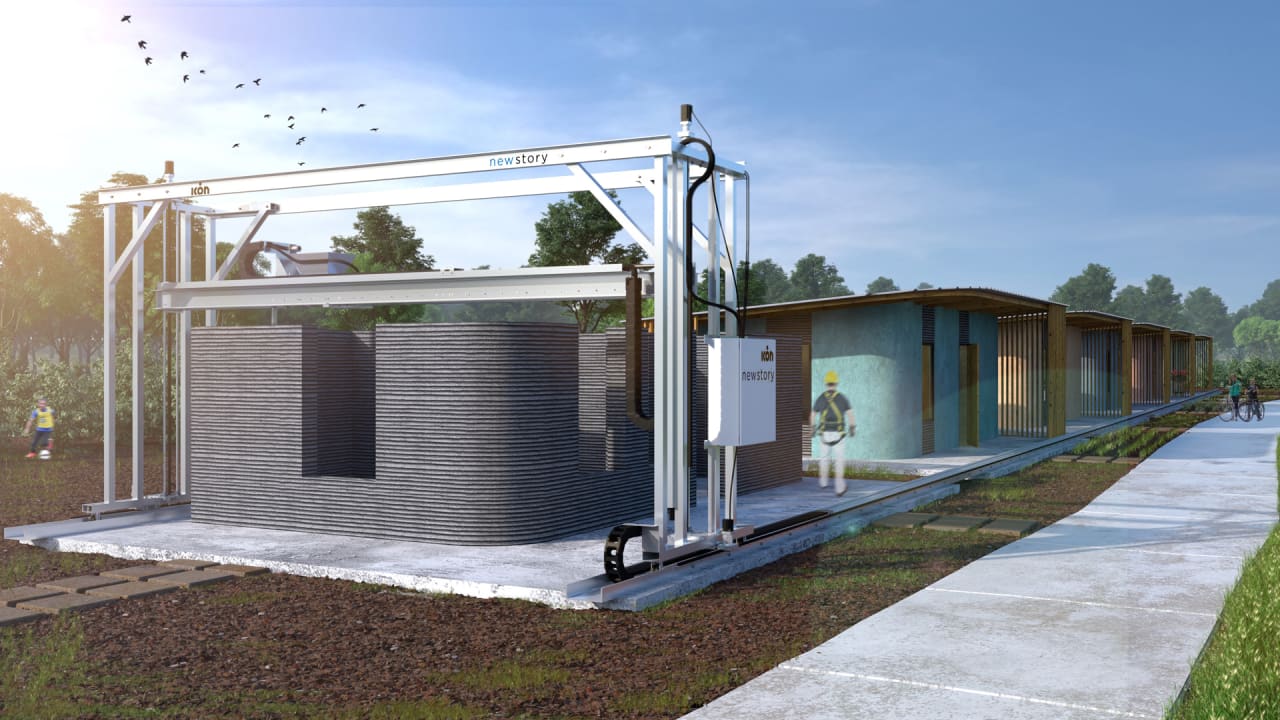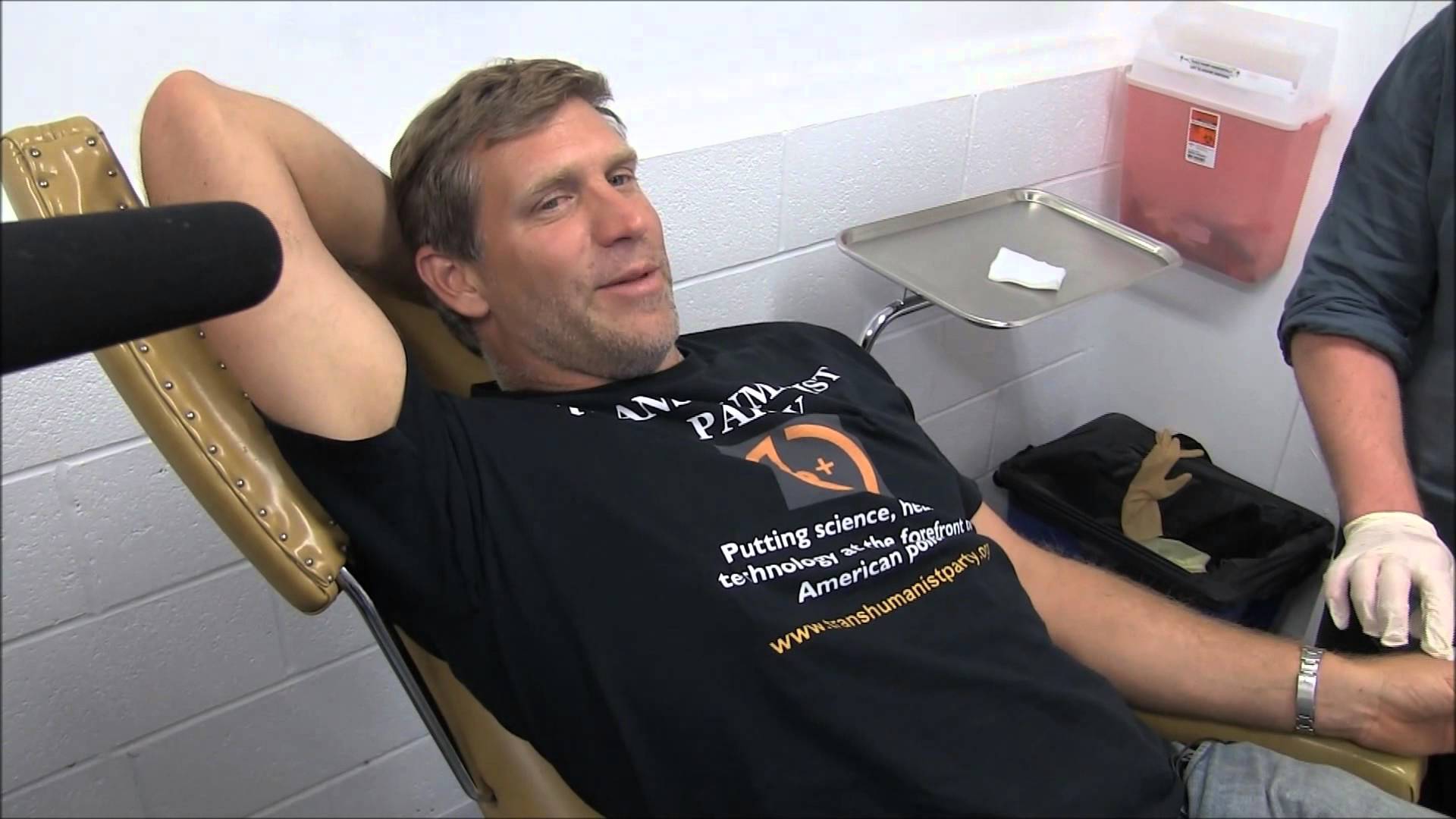Meet the startup hoping to colonise the final frontier, one zero-gravity 3D printer at a time.
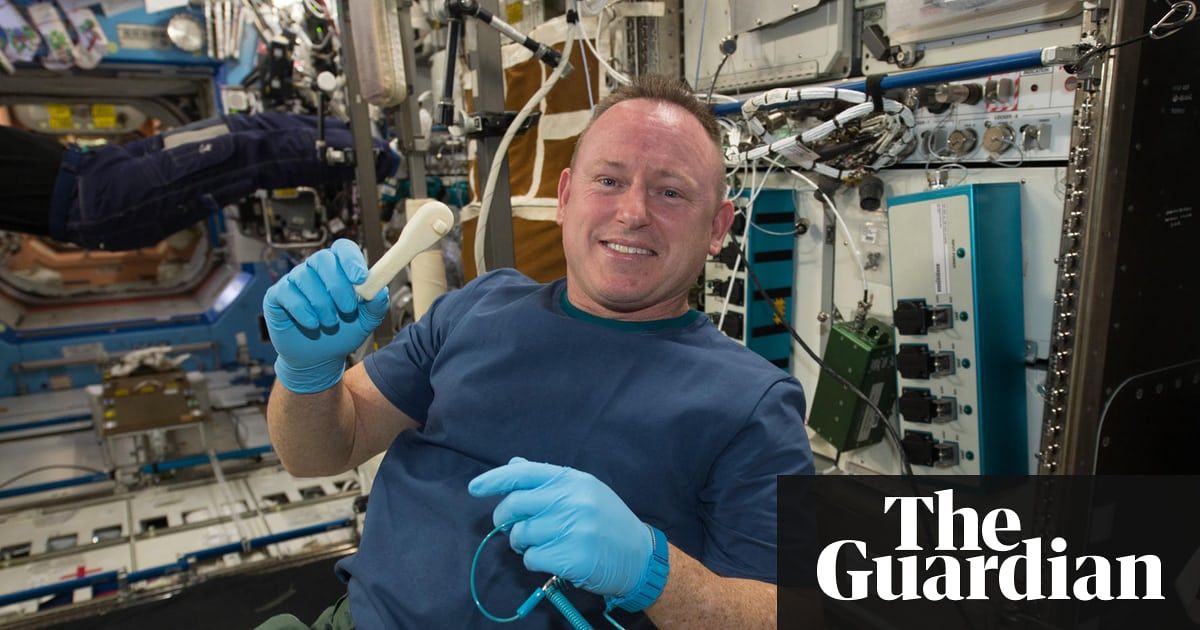

Meet the startup hoping to colonise the final frontier, one zero-gravity 3D printer at a time.

In case you weren’t already terrified of robots that can jump over walls, fly or crawl, Army researchers are developing your next nightmare — a robot squid.
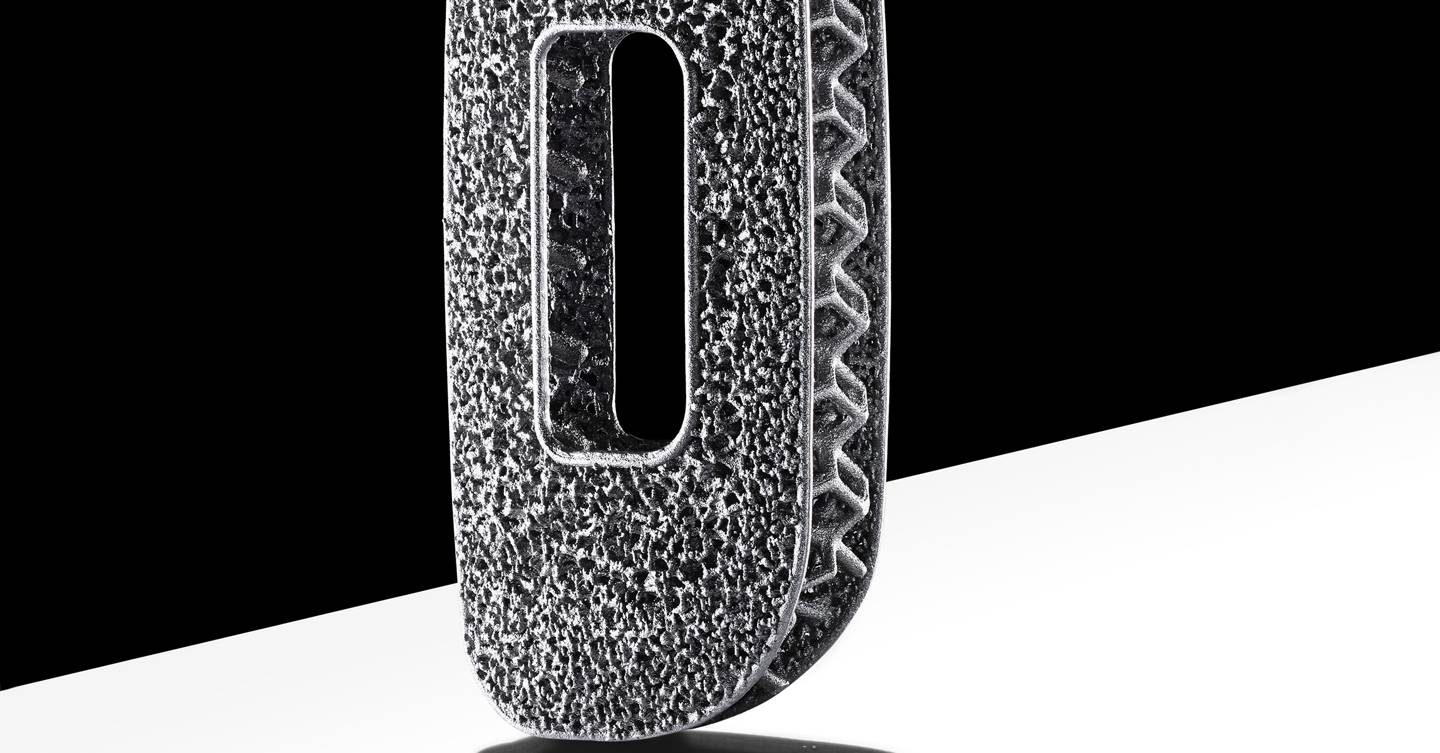


DIYers can bioprint living human organs by modifying an off-the-shelf 3D printer costing about $500, announce researchers who published the plans as open source, enabling anyone to build their own system. [This article first appeared on LongevityFacts. Author: Brady Hartman. ]
Scientists at Carnegie Mellon University (CMU) developed a low-cost 3D bioprinter to print living tissue by modifying a standard desktop 3D printer and released the design as open source so that anyone can build their own system.
The biomedical engineering team led by Carnegie Mellon University (CMU) Associate Professor Adam Feinberg, Ph.D., BME postdoctoral fellow TJ Hinton, Ph.D. just published a paper in the journal HardwareX describing a low-cost 3D bioprinter. The article contains complete instructions for modifying nearly any commercial plastic printer, as well as printing and installing the syringe-based, large volume extruder.

A young startup called Relativity is pushing space technology forward by pushing 3D printing technology to its limits, building the largest metal 3D printer in the world. And other major companies anxious to try these new ways of manufacturing, too. Science correspondent Miles O’Brien looks at some of the amazing advances that’s launching the technology into a new era.
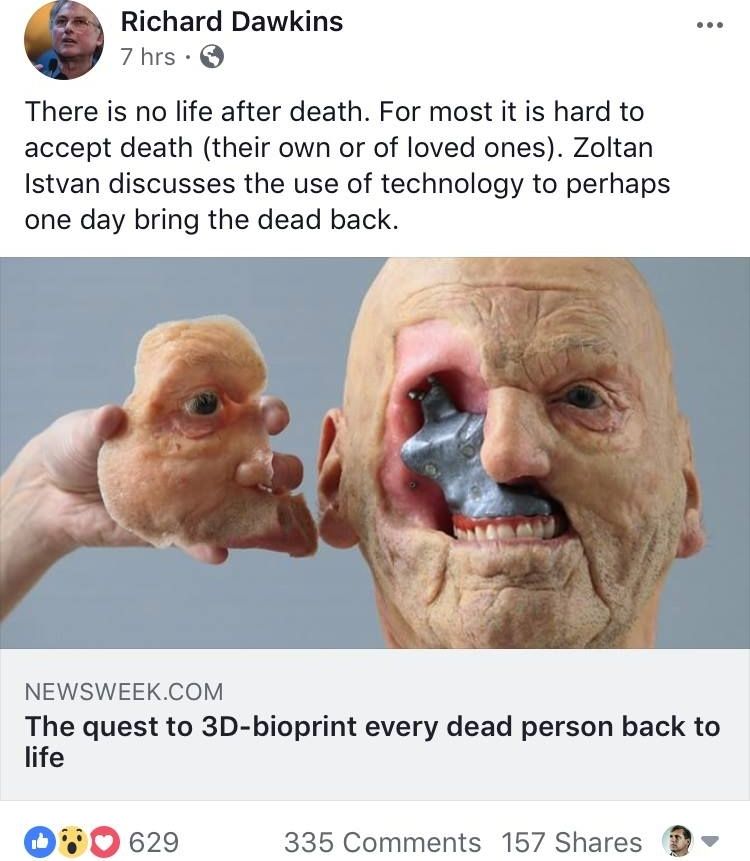
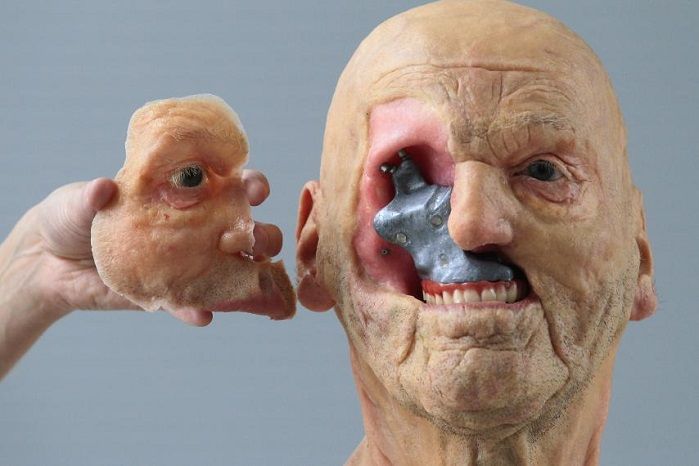
This major religious site suggests I’m part of a group of mad scientists, but Quantum Archaeology is a very interesting idea that more people should ponder. The article also highlights the challenge of #transhumanism vs. religion and conservative attitutes: http://www.lifenews.com/2018/03/12/mad-scientists-want-to-3-D-print-every-dead-person-back-to-life/ #transhumanism
But the self-described secular transhumanist is perfectly serious in his posturing about the future of technology, life and death. Within 50 years, he believes scientists may be able to bring back people from the dead.
“After all, everything is matter and energy. And human life, human thoughts and human existence are mathematical, determinable calculations of that subatomic world of matter and energy,” Istvan writes.
“As a secular transhumanist—someone who advocates for improving humanity by merging people with machines—I don’t believe in death anymore,” he continues. “Most transhumanists’ number one goal is to become immortal through science.”
Though he does not lump himself into this camp, he says some transhumanists want to bring back every life who ever lived.
